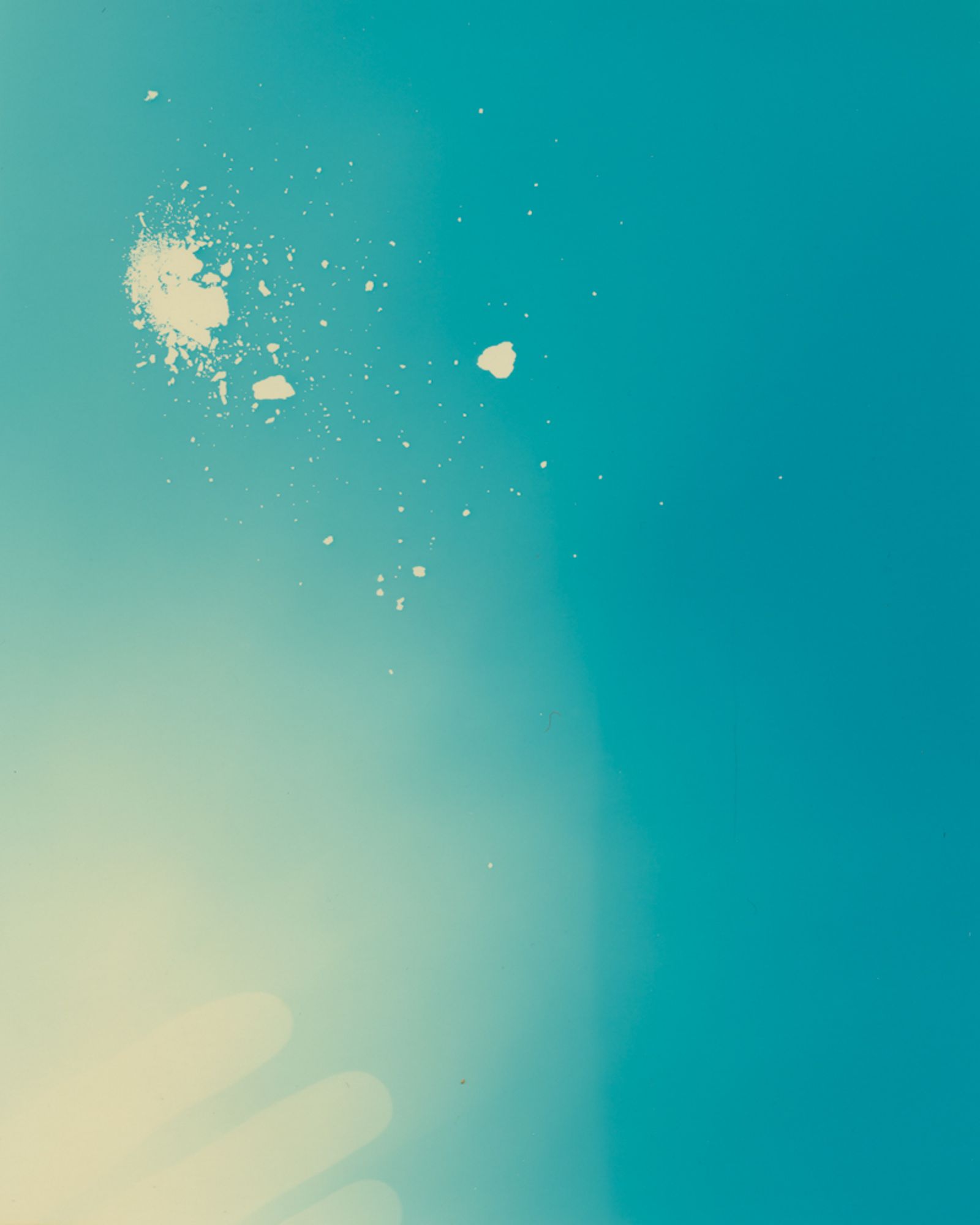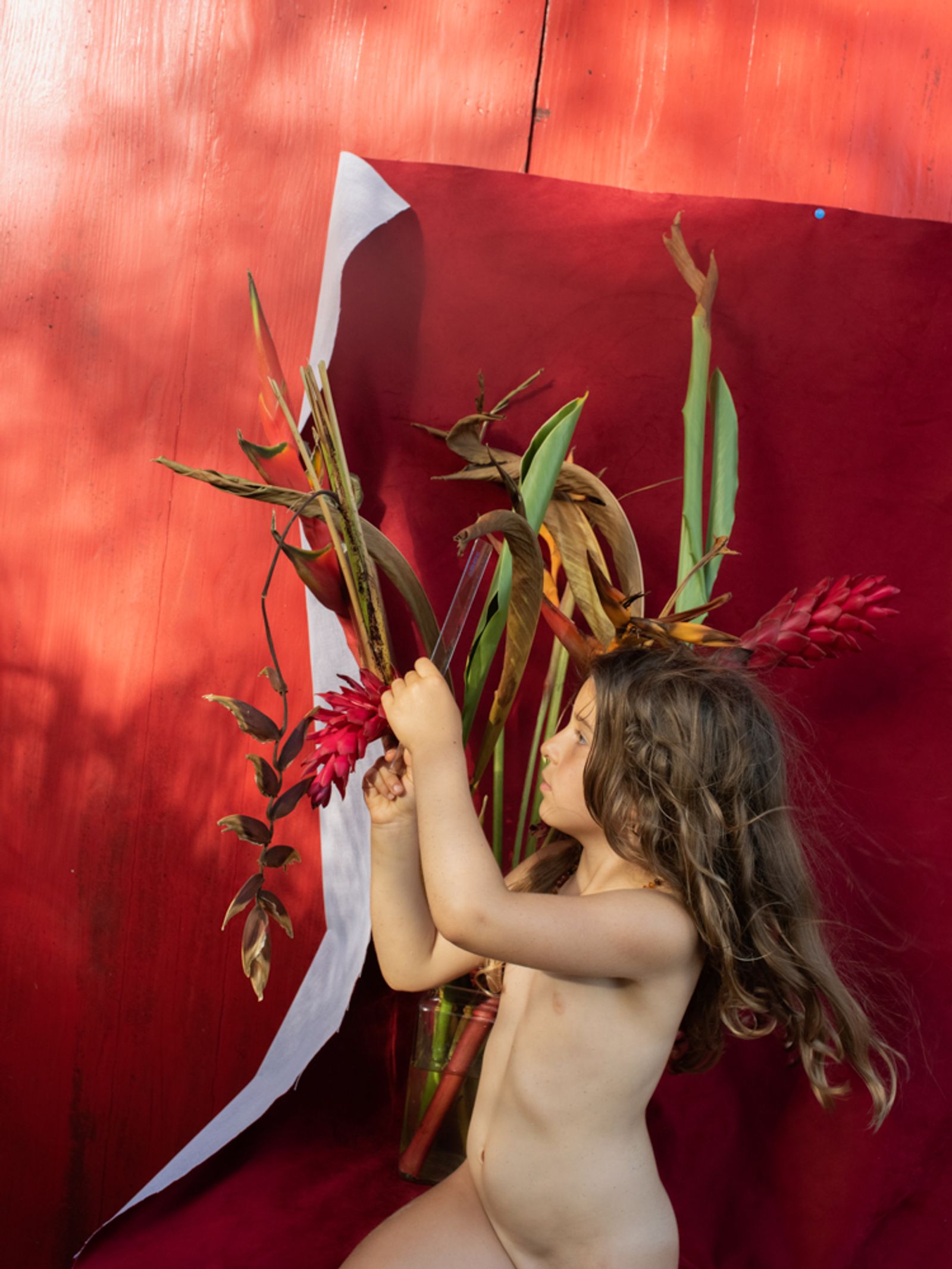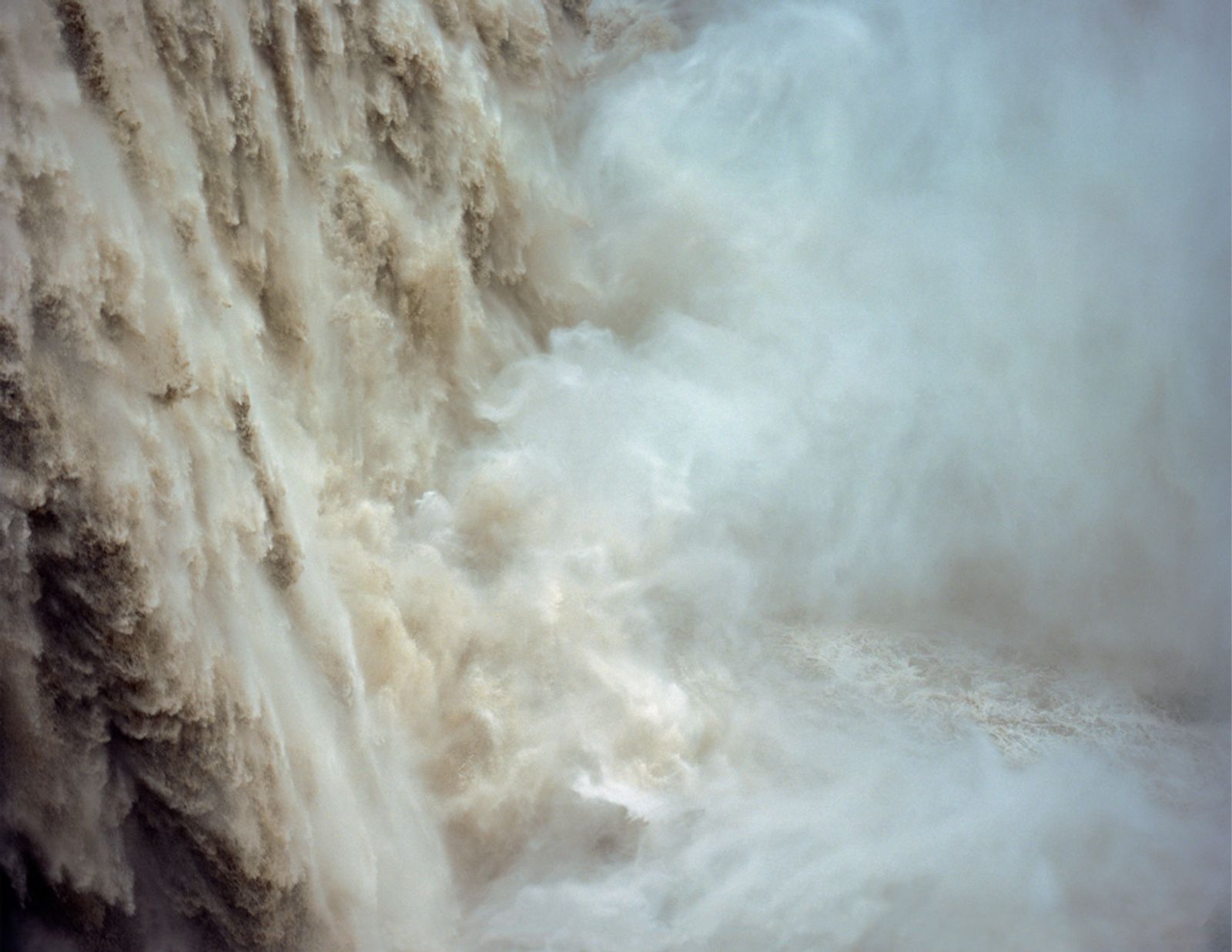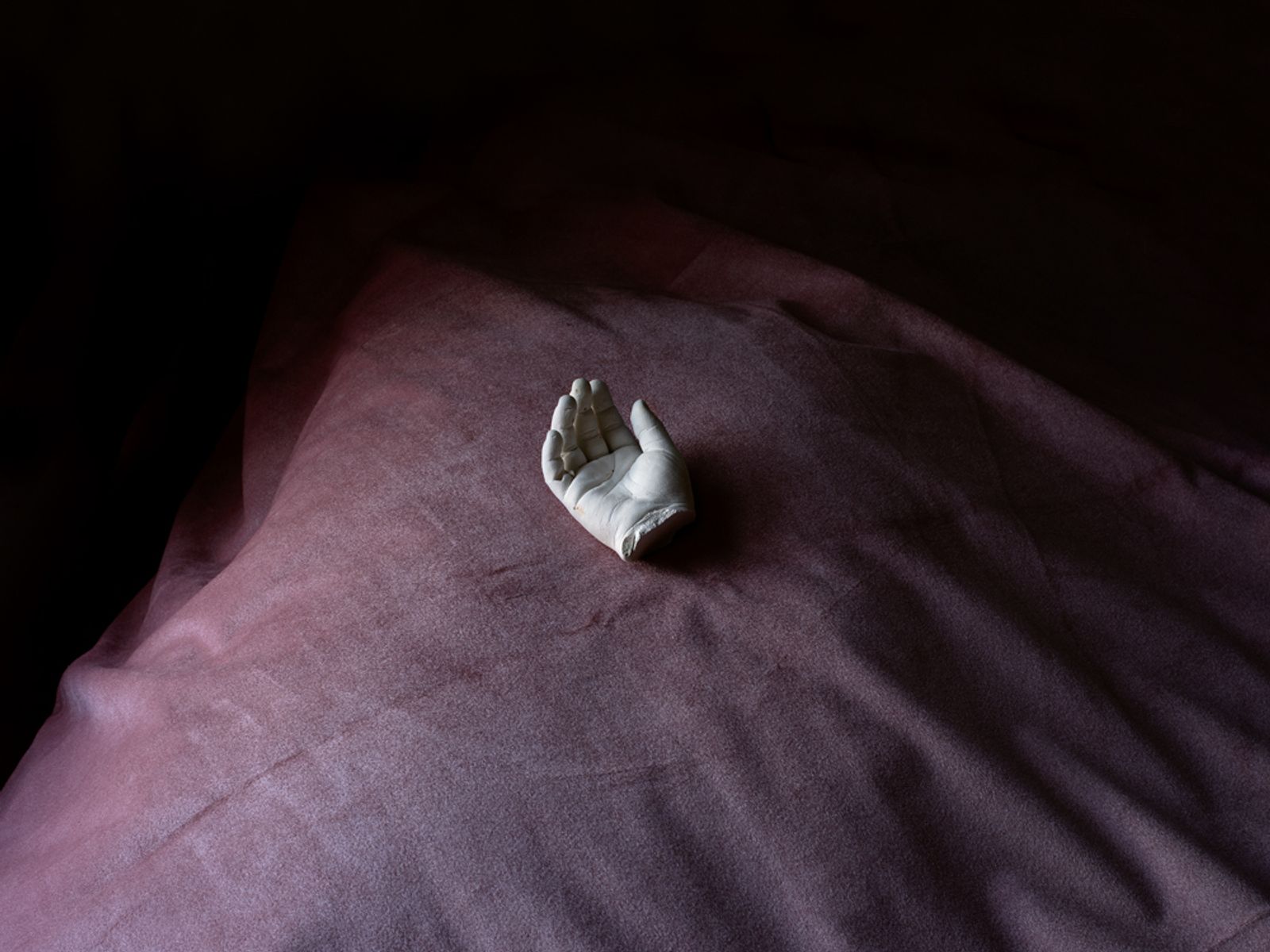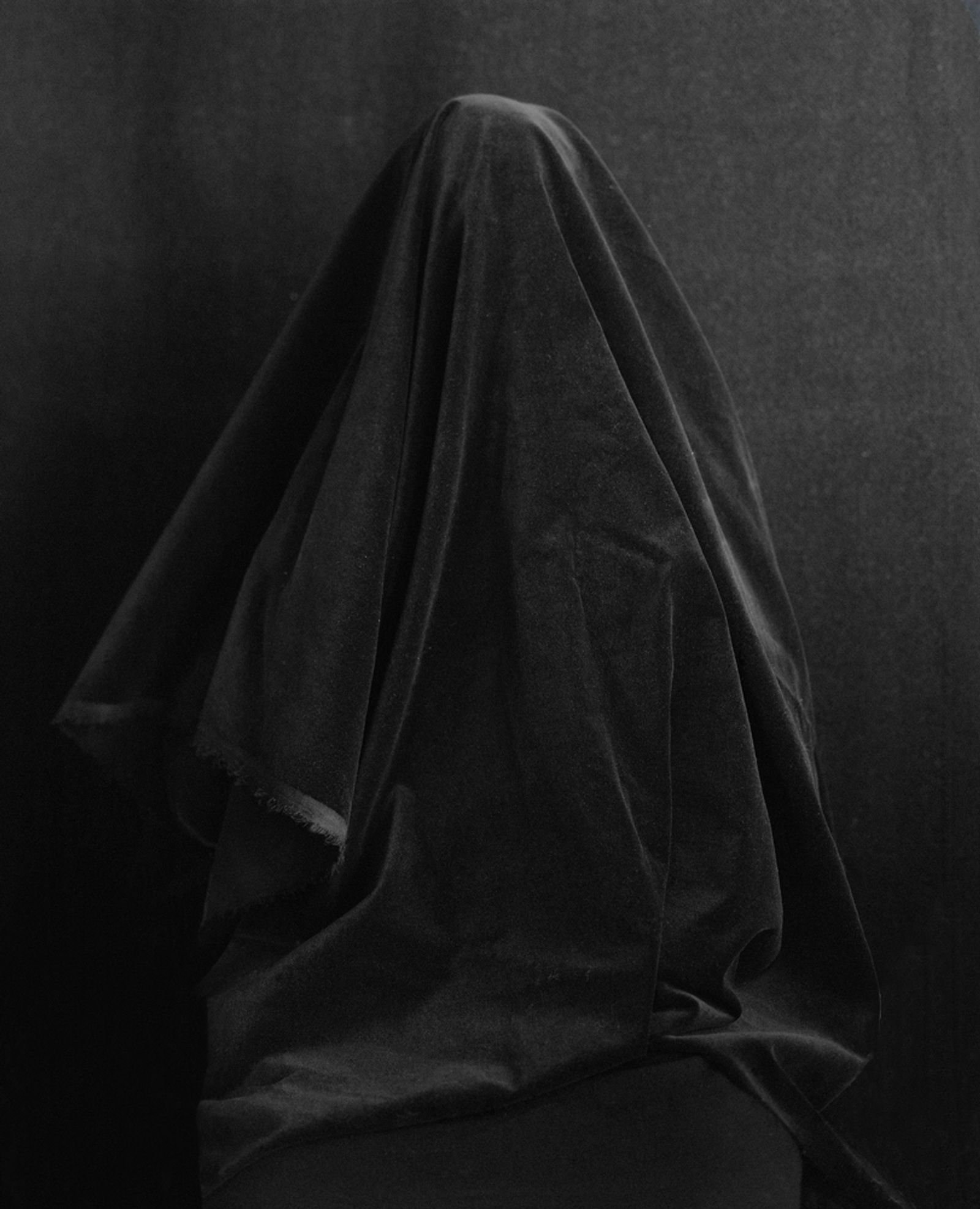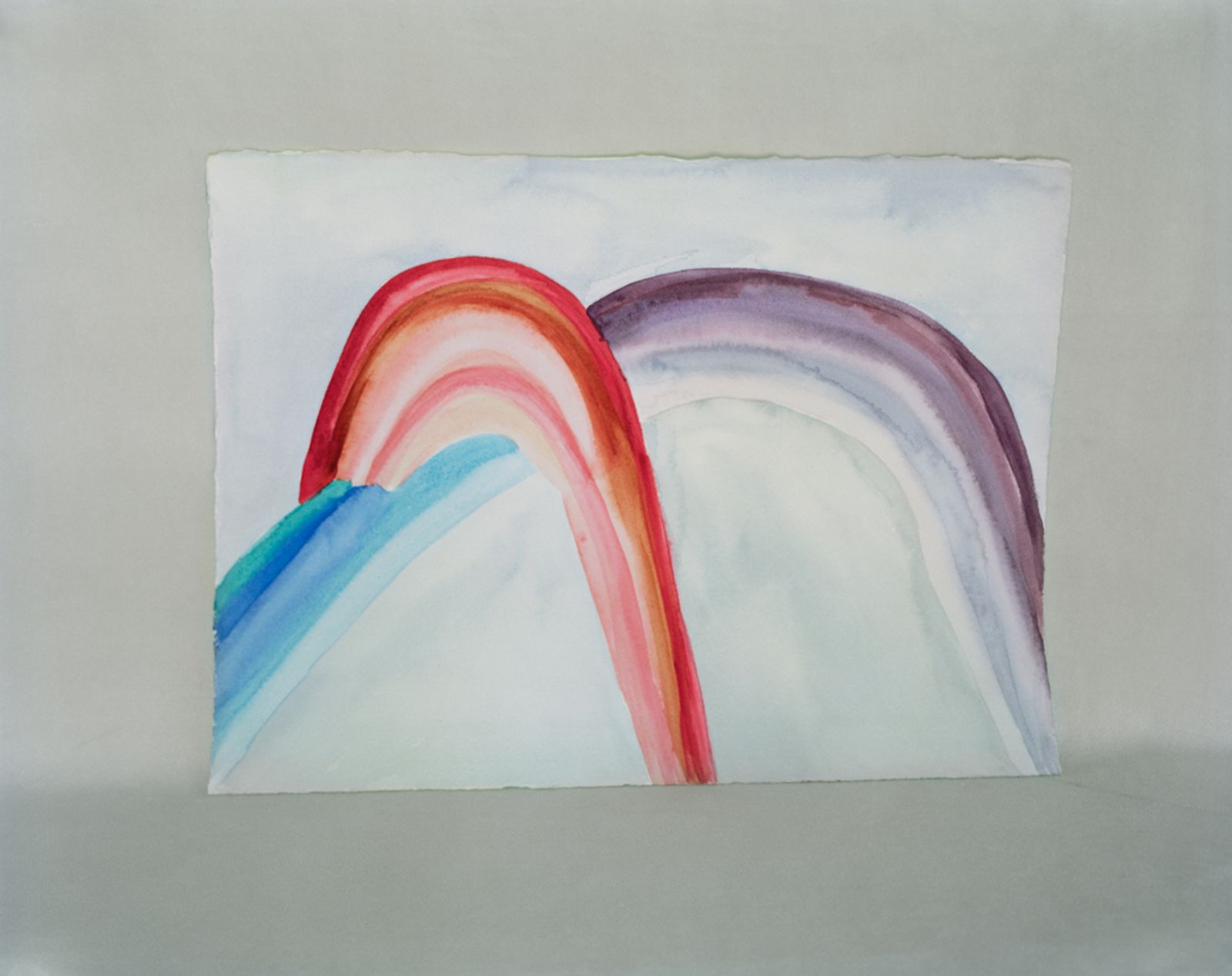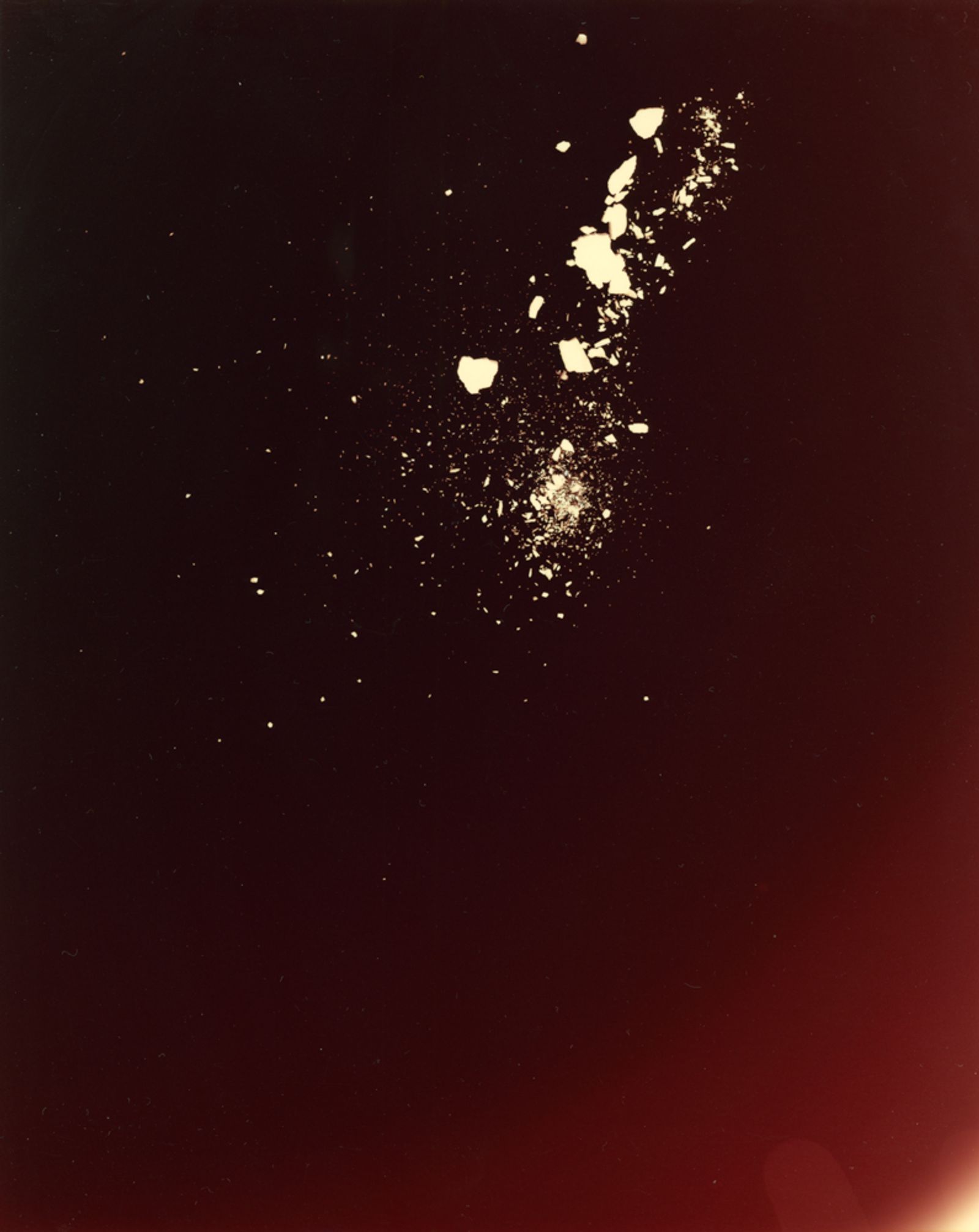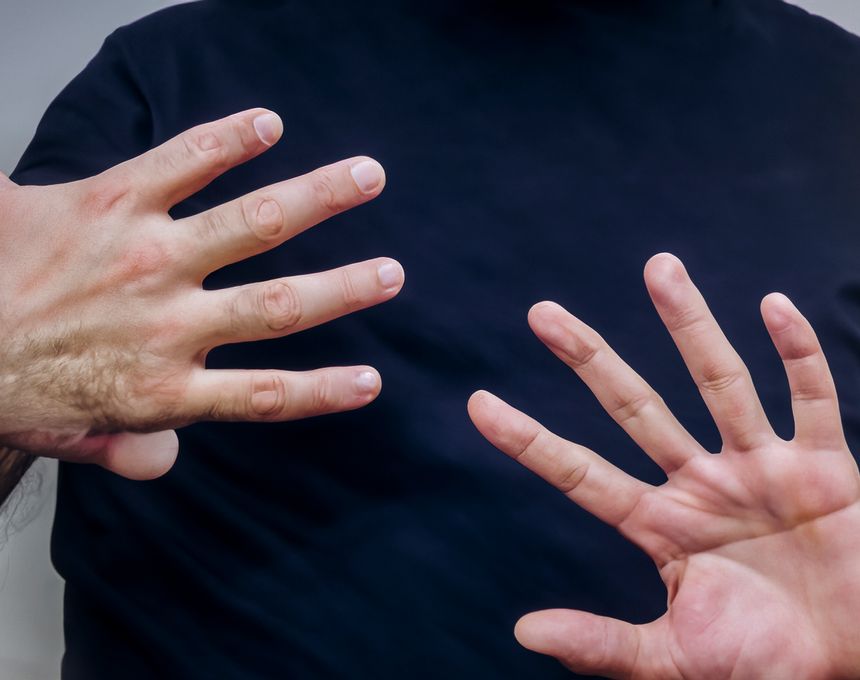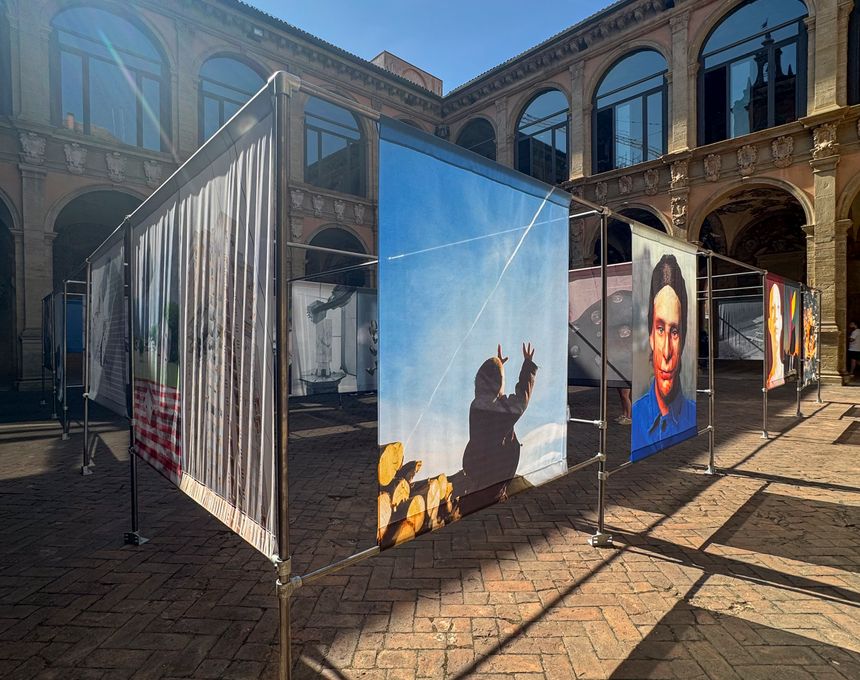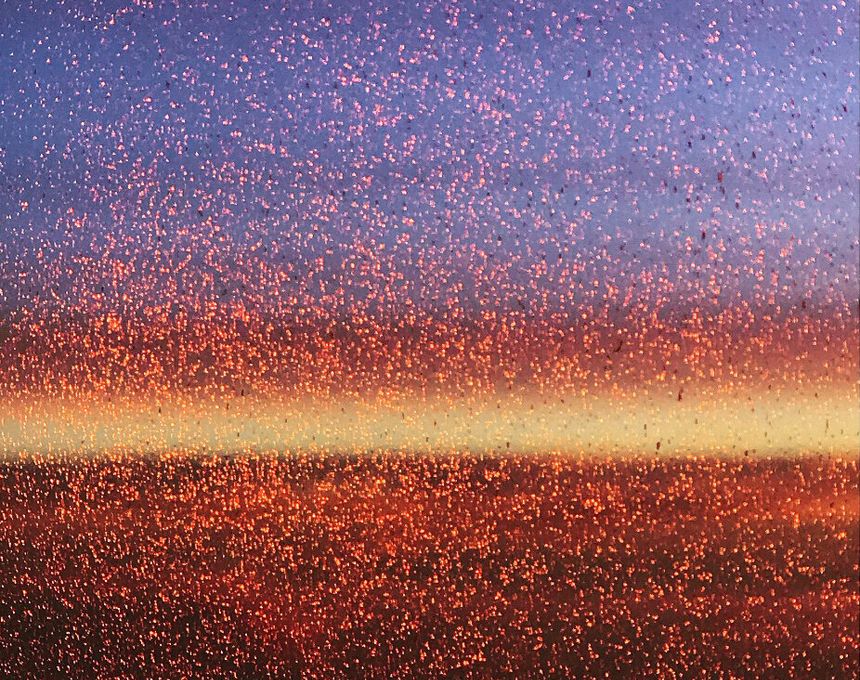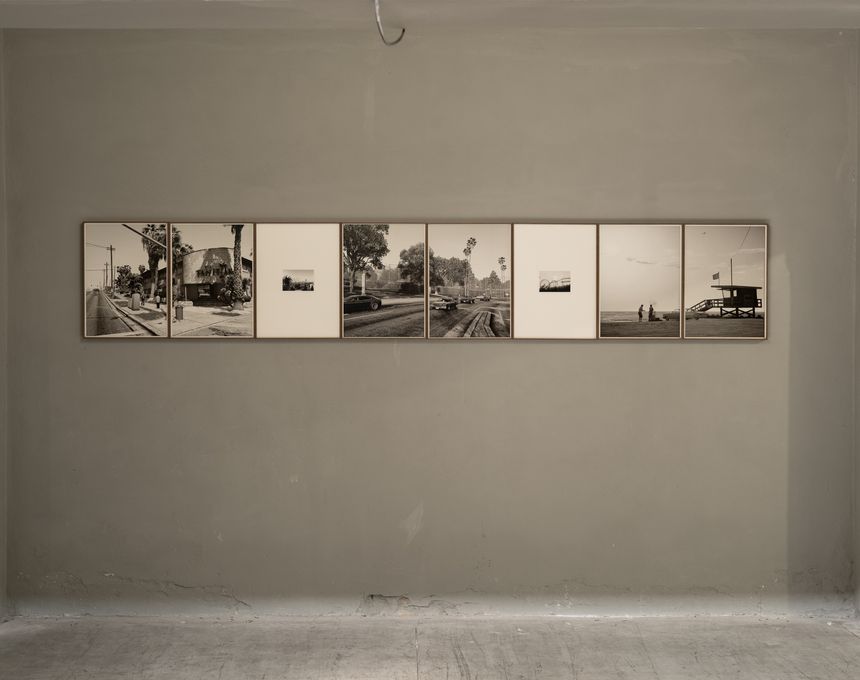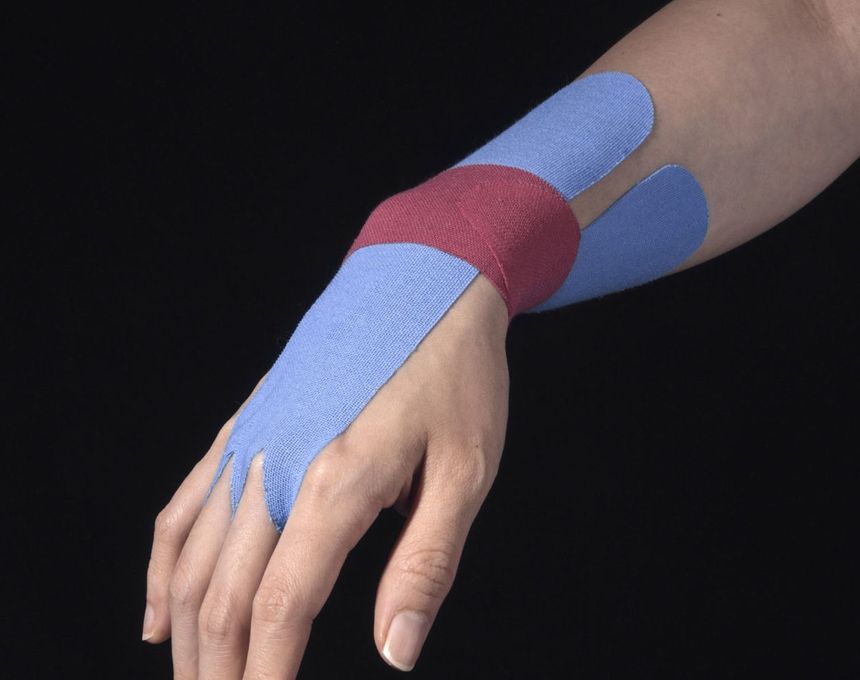Ahndraya Parlato's Depiction of Motherhood
-
Published30 Nov 2022
-
Author
Using as a guide two life-changing events Ahndraya Parlato develops a deep narrative which mixes photos, texts, and sculptures to explore the contradictory and complex conditions of being a mother.
When photographer Ahndraya Parlato got pregnant at 33, she couldn’t turn to her mother to ask what pregnancy and early motherhood was like. Her mother had committed suicide 10 years earlier, and while she had processed her death she nonetheless felt like there was an additional loss in her inability to access this history.
Both bored with the medium and curious to carve out a space that was addressed in literature but not so much in photography at the time, Parlato decided to explore the condition of motherhood in a hybrid form combining photo, text, sculptures and photograms made from her mother’s ashes.
The resulting book, Who is Changed and Who is Dead, is about the raw reality of motherhood. It covers issues of intimacy, the irreversible shift in identity that attends the birth of a child, and the anxiety that can overwhelm mothers. “Having survived both the suicide of my mother and then the murder of my grandmother, I characterize myself as someone whose horrible moments have already happened. Having children has opened up the possibility that other terrible things may happen too”, she writes. And later, “Ava is three. I feel nauseous thinking that if we were separated, she might have no memory of our time together.”
Her photographs and texts never repeat each other. Rather, they complexify the layers. With words, Parlato allows her fears to be expressed and offers women visibility in a space still overrun with misogyny. “I think of the term “man-spreading,” and the ways in which, at the risk of generalizing, men take up space. […] And I understand why being pregnant and being large and being able to take up room and not having to apologize or feel guilty about it — the unavoidableness of it — is empowering”, she writes.
With images, she rather allows metaphors to come in. The omnipresence of nature, from wilted flowers to colorful bouquets and trees uprooted by the storm, covers the range of emotions associated to motherhood. “Nature is a place of solace. It's comforting and beautiful, but it's also terrifying and uncontrollable”, she says. The amateur ceramics that she collects and photographs, alone or in hazardous accumulations, have the same ambivalence - “clunky objects that, though misshapen and uneven, still suffice”, she writes. Just like parents, “clunky, but hopefully still sufficing”.
As if to emphasize the duality of the experience of motherhood, the book unravels as a rainbow, whose tones are set one after the other by the various colors of the photograms of ashes. A rainbow with two arches, just like the one painted with aquarelle, that according to different mythologies rhymes with either joy or danger.
--------------
All photos © Ahndraya Parlato, from the series Who is Changed and Who is Dead
--------------
Ahndraya Parlato was born in Kailua, Hawaii. She has a B.A. in photography from Bard College and an MFA from California College of the Arts. Her new book, Who Is Changed and Who Is Dead, was published by Mack Books in July, 2021. Her first monograph, A Spectacle and Nothing Strange was published by Kehrer Verlag in 2016, and her collaboration with Gregory Halpern, East of the Sun, West of the Moon, was published by Études Books in 2014. Ahndraya is a 2020 New York Foundation for the Arts Joy of Photography Grant recipient and in 2018, she was a nominee for the ICP Infinity Award. In 2013, she was a New York Foundation for the Arts grant recipient, as well as a Magenta Foundation Emerging Photographer Award winner. She has also been a Light Work grant recipient, a nominee for the Paul Huf Award from the FOAM Museum in Amsterdam, and a nominee for the SECCA Award from the San Francisco Museum of Modern Art.
Laurence Cornet is a writer and curator based in Paris focusing on cultural and environmental issues. She is also the editorial director of Dysturb and the international photo editor at Le Monde.
--------------
This article is part of our feature series Photo Kernel, which aims to give space to the best contemporary practitioners in our community. The word Kernel means the core, centre, or essence of an object, but it also refers to image processing.
